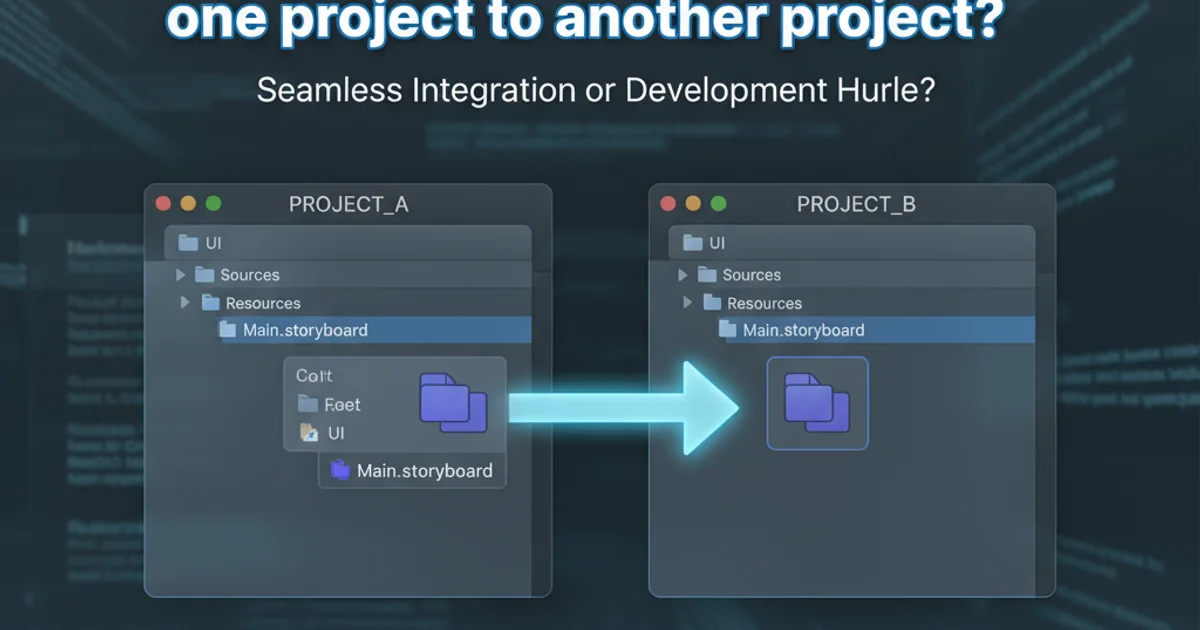Convert compressed swf to mp4
Categories:
Converting Compressed SWF to MP4 with FFmpeg

Learn how to effectively convert compressed SWF (Shockwave Flash) files into the widely compatible MP4 video format using FFmpeg, addressing common challenges like compression and audio synchronization.
SWF (Shockwave Flash) files, once a ubiquitous format for web animations and interactive content, are now largely obsolete due to security concerns and the rise of open web standards. Many legacy applications and archives still contain valuable content stored in SWF format, often compressed. Converting these compressed SWF files to a modern, widely supported format like MP4 is crucial for preservation and accessibility. This article will guide you through the process using FFmpeg, a powerful open-source multimedia framework, focusing on techniques to handle compressed SWF inputs.
Understanding SWF Compression and FFmpeg Capabilities
SWF files can be compressed using Zlib compression, which reduces their file size but can sometimes complicate direct processing by certain tools. FFmpeg, however, is generally capable of decompressing and processing these files on the fly. The primary challenge often lies in ensuring proper rendering of vector graphics, animation timing, and audio synchronization during the conversion to a raster-based video format like MP4.
flowchart TD
A[Compressed SWF Input] --> B{FFmpeg Decompression}
B --> C[SWF Parsing & Rendering]
C --> D[Video Encoding (e.g., H.264)]
C --> E[Audio Encoding (e.g., AAC)]
D & E --> F[MP4 Container Multiplexing]
F --> G[MP4 Output]High-level process for converting compressed SWF to MP4 using FFmpeg.
Basic Conversion Command
The most straightforward approach to convert a compressed SWF to MP4 involves a simple FFmpeg command. FFmpeg will automatically detect the compression and handle the decompression. The key is to specify the input file (-i), the desired video codec (-c:v), audio codec (-c:a), and the output format.
ffmpeg -i input.swf -c:v libx264 -preset medium -crf 23 -c:a aac -b:a 128k output.mp4
Basic FFmpeg command for converting SWF to MP4.
-preset medium and -crf 23 options are good starting points for H.264 encoding, balancing quality and file size. You can adjust crf (Constant Rate Factor) lower for higher quality (larger file) or higher for lower quality (smaller file).Addressing Common Issues: Frame Rate and Audio Sync
SWF files often have an embedded frame rate, but sometimes FFmpeg might misinterpret it or the original SWF might have variable frame rates. This can lead to jerky playback or audio/video desynchronization in the output MP4. Explicitly setting the input frame rate (-r) can help. Additionally, if the SWF contains complex vector animations, increasing the swfs_framerate might improve rendering quality, though it will increase processing time.
ffmpeg -r 25 -i input.swf -c:v libx264 -preset medium -crf 23 -c:a aac -b:a 128k -r 25 output_fixed_framerate.mp4
FFmpeg command to explicitly set the input and output frame rate to 25 FPS.
ffmpeg -swfs_framerate 60 -i input.swf -c:v libx264 -preset medium -crf 23 -c:a aac -b:a 128k output_high_render_fps.mp4
Using -swfs_framerate to increase rendering frames per second for smoother vector animations.
-swfs_framerate can significantly increase CPU usage and conversion time, especially for long or complex SWF files. Experiment to find the optimal value for your specific content.Handling Transparency and Alpha Channels
Some SWF files might utilize transparency (alpha channels). When converting to MP4, which typically doesn't support alpha channels in its standard codecs (like H.264), this transparency will be lost. If transparency is critical, you might need to convert to a format that supports it (e.g., WebM with VP9 or ProRes 4444) or render the SWF over a solid background color.
ffmpeg -i input.swf -vf "format=yuv420p,pad=iw:ih:0:0:black" -c:v libx264 -preset medium -crf 23 -c:a aac -b:a 128k output_with_black_bg.mp4
Adding a black background to an SWF with transparency during conversion.
1. Install FFmpeg
Ensure FFmpeg is installed on your system. You can download it from the official FFmpeg website or use a package manager (e.g., sudo apt install ffmpeg on Debian/Ubuntu, brew install ffmpeg on macOS).
2. Identify SWF Characteristics
Before conversion, if possible, try to determine the original frame rate and whether the SWF contains audio or transparency. This information can help you fine-tune your FFmpeg command.
3. Run Conversion Command
Execute the appropriate FFmpeg command in your terminal, adjusting parameters like frame rate, quality, and audio bitrate as needed for your specific SWF file.
4. Verify Output
Play the generated MP4 file to check for visual quality, audio synchronization, and overall integrity. If issues arise, revisit the FFmpeg command and adjust parameters.